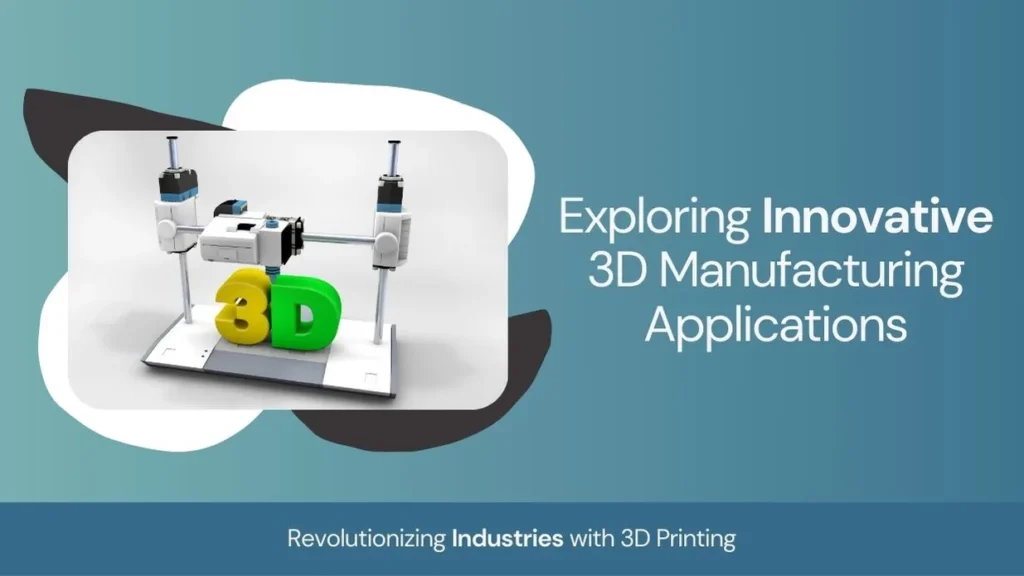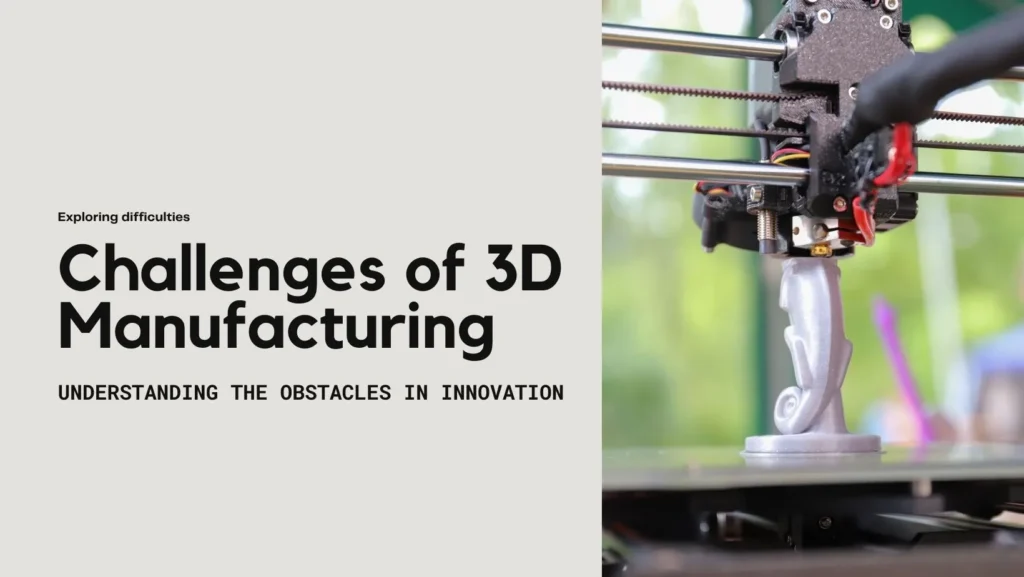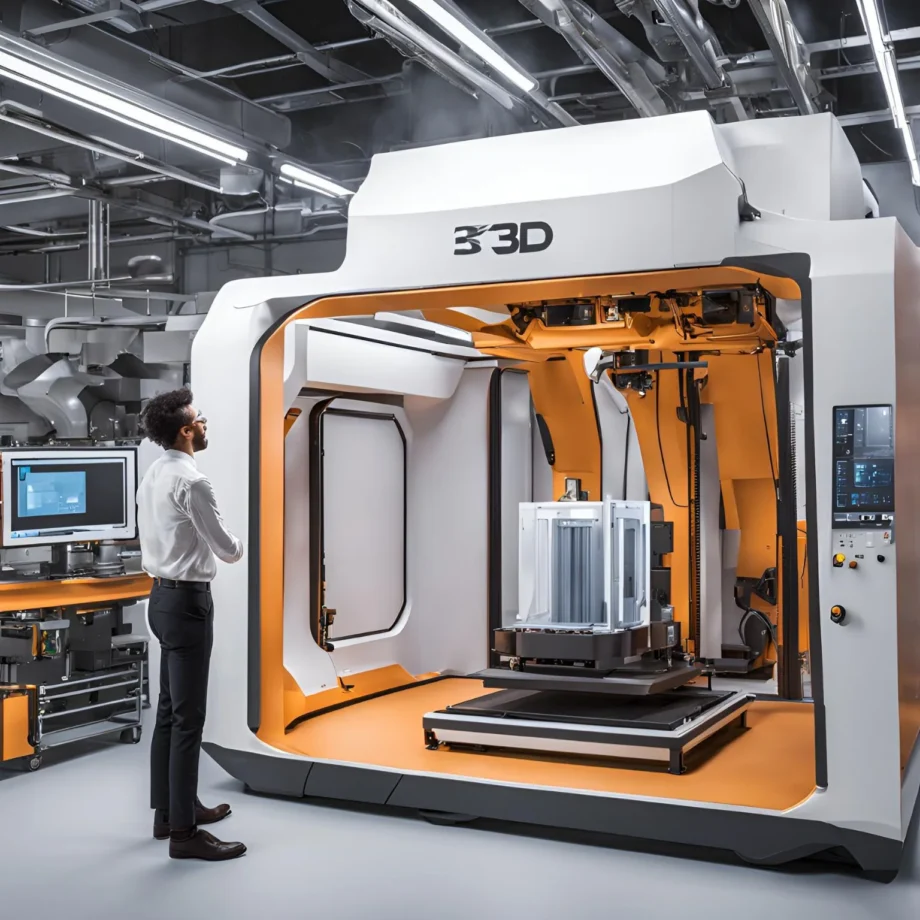Introduction to 3D Manufacturing
What Is 3D Manufacturing?
Definition and Basics
3D manufacturing, commonly known as 3D printing, is a groundbreaking technology that creates physical objects from digital designs layer by layer. Unlike traditional subtractive manufacturing, which removes material from a solid block, 3D printing builds objects additively, reducing waste and enabling intricate designs.
How It Differs from Traditional Manufacturing
The primary difference lies in its flexibility and precision. Traditional manufacturing relies on molds and assembly lines, while 3D printing creates items directly from a digital file, making it ideal for rapid prototyping and personalized production.
The History of 3D Manufacturing
Origins and Evolution
The roots of 3D manufacturing trace back to the 1980s when Chuck Hull developed the first stereolithography (SLA) printer. Over the decades, technological advancements have expanded its capabilities and applications.
Key Milestones in 3D Printing Technology
From the introduction of fused deposition modeling (FDM) in the 1990s to breakthroughs in metal 3D printing, the journey has been marked by constant innovation.
How 3D Manufacturing Works
The Process of 3D Printing
From Digital Design to Physical Product
The process begins with a digital 3D model created using software. This design is sliced into layers, which the 3D printer then reads to build the object layer by layer.
Types of 3D Printers
There are several types of printers, including SLA for precision, FDM for affordability, and Selective Laser Sintering (SLS) for complex designs. Each serves unique purposes, making 3D manufacturing versatile.
Materials Used in 3D Manufacturing
Plastics
Commonly used in FDM printing, plastics like PLA and ABS offer affordability and versatility.
Metals
Industries like aerospace and automotive rely on metal 3D printing for durable, lightweight components.
Other Innovative Materials
From biocompatible materials for medical applications to carbon-fiber composites for strength, the material spectrum continues to expand.

Applications of 3D Manufacturing
Transforming Industries
Healthcare (Prosthetics, Implants)
3D printing has revolutionized healthcare by enabling customized prosthetics and implants tailored to individual patients.
Aerospace (Lightweight Components)
Aerospace engineers use 3D printing to design lightweight, high-strength parts that reduce fuel consumption.
Fashion and Lifestyle
From avant-garde footwear to bespoke jewelry, 3D manufacturing empowers creative freedom in design.
Revolutionizing Prototyping
Speeding Up Product Development
Prototypes that once took months to create can now be produced in days, accelerating innovation.
Reducing Costs in Early Stages
By eliminating the need for expensive molds and tools, 3D printing significantly cuts initial production costs.
Advantages of 3D Manufacturing
Cost-Effectiveness
Reduced Waste
Additive manufacturing minimizes material waste, making it an environmentally friendly alternative.
Lower Labor Costs
Automation in 3D printing reduces the reliance on manual labor, translating to cost savings.
Customization Opportunities
Personalized Products
From custom shoes to patient-specific medical devices, 3D manufacturing excels in personalization.
Tailored Solutions for Various Needs
It bridges the gap between mass production and unique customer demands.

Challenges of 3D Manufacturing
Limitations of Current Technology
Speed and Scalability
While efficient for small batches, scaling 3D printing for mass production remains a challenge.
Material Limitations
Not all materials are compatible with 3D printing, restricting its application in certain industries.
Environmental Concerns
Waste Management
Although it reduces material waste, the disposal of used filaments and failed prints requires attention.
Energy Consumption
High-energy consumption in some 3D printing processes raises sustainability concerns.
The Future of 3D Manufacturing
Emerging Trends
Bio-Printing for Medical Applications
The future may see organs and tissues printed for transplant, revolutionizing healthcare.
AI Integration in 3D Printing
Artificial intelligence will enhance precision, speed, and design capabilities in 3D manufacturing.
Implications for the Global Economy
Decentralization of Production
3D manufacturing enables localized production, reducing reliance on global supply chains.
Supporting Sustainability Goals
With less waste and improved efficiency, it aligns with eco-friendly practices.
Conclusion
3D manufacturing is a transformative technology reshaping industries, enhancing creativity, and paving the way for a sustainable future. Its potential to innovate and personalize products makes it an essential tool in modern manufacturing.
FAQs
1. What industries benefit the most from 3D manufacturing?
Healthcare, aerospace, and fashion are among the leading industries leveraging 3D printing for innovation.
2. How does 3D printing reduce costs?
It eliminates the need for molds, reduces waste, and lowers labor expenses, making it cost-effective.
3. Can 3D manufacturing replace traditional methods entirely?
While promising, it complements rather than fully replaces traditional manufacturing due to scalability challenges.
4. What skills are needed to work with 3D printers?
Knowledge of CAD software, materials science, and machine operation are essential.
5. Is 3D manufacturing sustainable?
Yes, it reduces waste and supports eco-friendly production, though energy use requires optimization.




